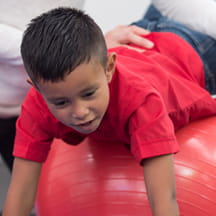Key features
- Differentiates normal vs. abnormal heart rhythms.
- Components of an ECG rhythm such as P Wave, PR Interval, ST Segment, and T Wave.
- Animated ECG components for better understanding.
Learner outcome statement
Upon course completion, participants should be able to: Differentiate normal versus abnormal heart rhythms in the pediatric population and intervene appropriately when an abnormal rhythm occurs.
Objectives
- Recognize a normal vs. abnormal heart rhythm.
- Intervene as needed when an abnormal heart rhythm is recognized, according to current standards of practice.
- Recognize ST elevation on 12-lead ECG and when it is an immediate emergency.
- Recognize ST-elevation myocardial infarction (STEMI) and implement immediate interventions.
Note: This course is only available to staff at PLS Participating Hospitals through their Learning Management Systems.






